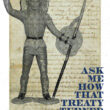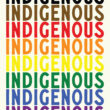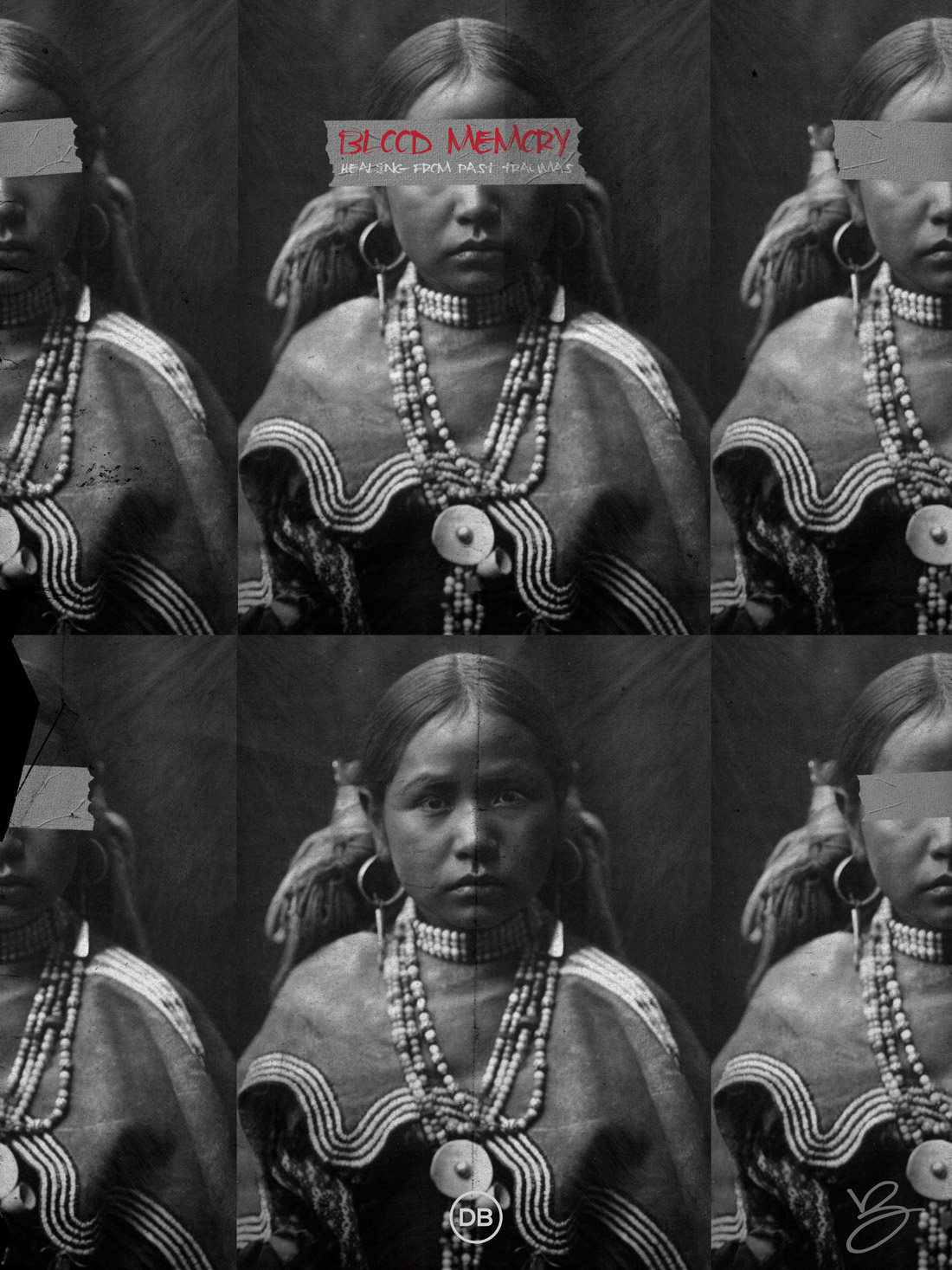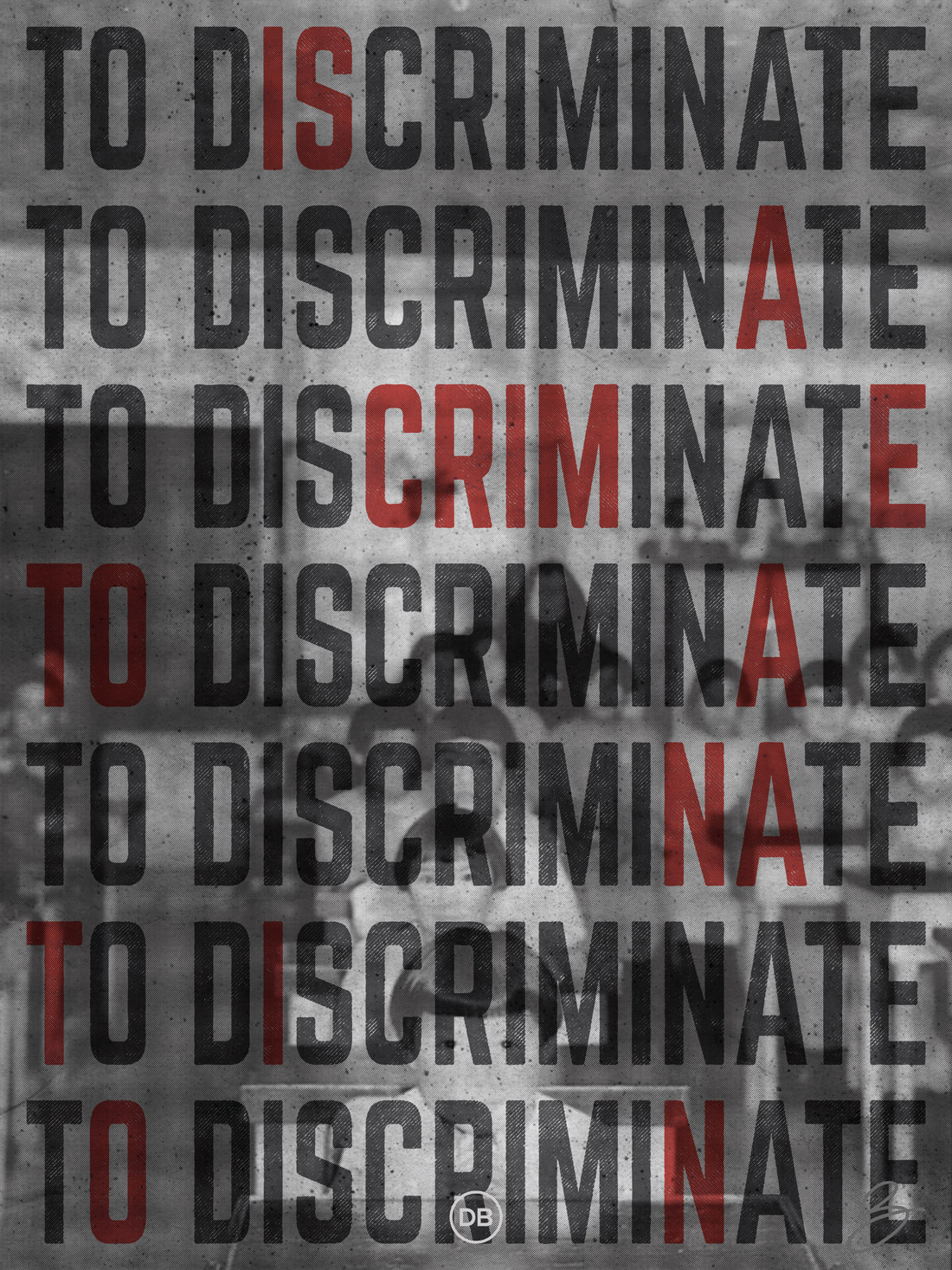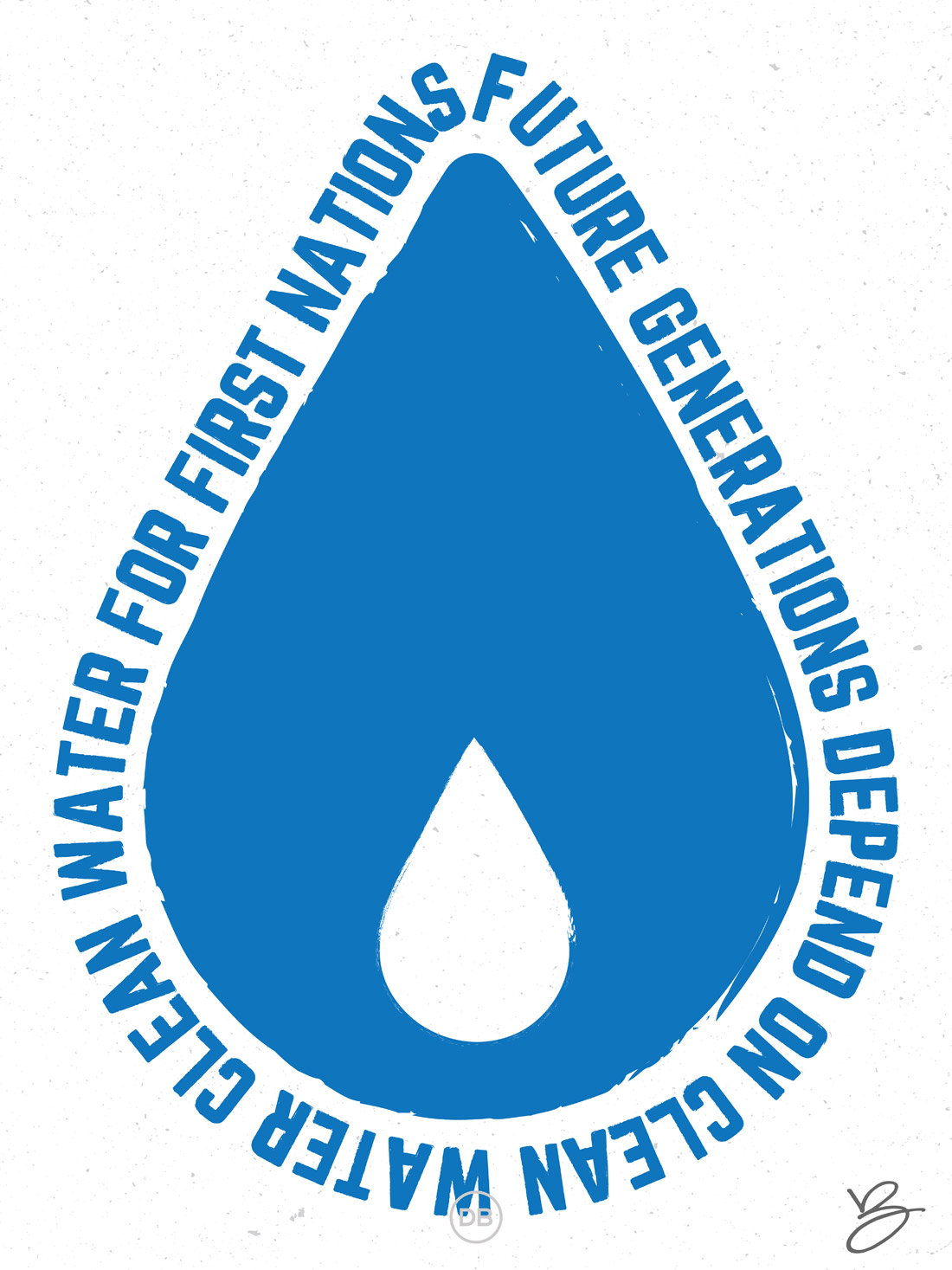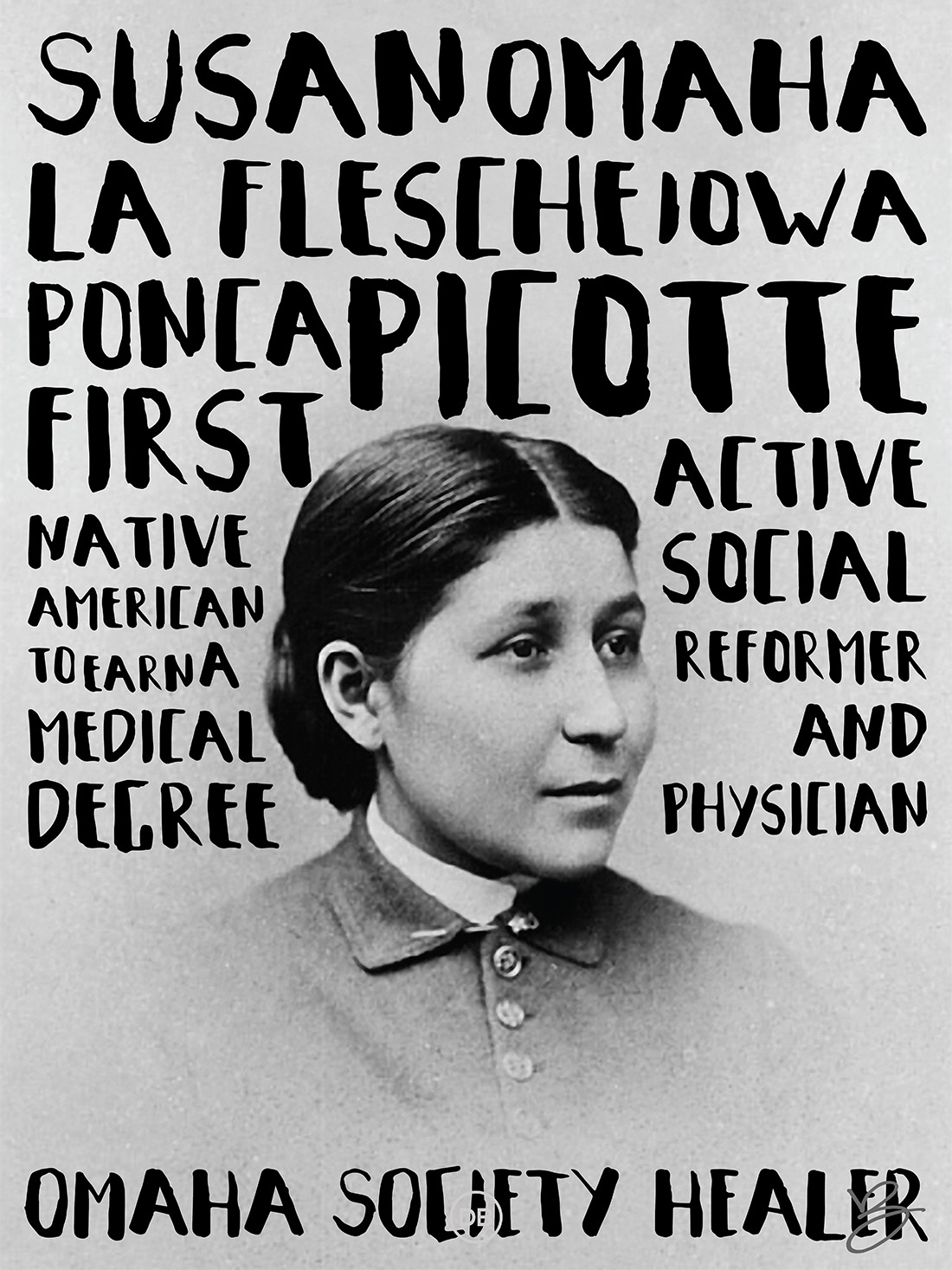Article
“They’re poor, more likely to be sexually abused, end up in foster care, drop out of school, become homeless. They’re often the prey of traffickers.
American Indian and Native Alaskan girls are a small fraction of the population, but they are over-represented in the juvenile justice system, whether they are living on or off the reservation.
Native American girls have the highest rates of incarceration of any ethnic group. They are nearly five times more likely than white girls to be confined to a juvenile detention facility, according to the U.S. Office of Juvenile Justice and Delinquency Prevention.
There are programs on tribal lands that work with Native girls who have been caught up in the system, using federal funds. But American Indian girls often find themselves without state or local social service programs tailored to their cultural backgrounds and experiences, which are distinct from other girls living in or on the edge of poverty.
“As Indian people, our greatest hope is our children. And our kids are really at risk,” said Carla Fredericks, director of the American Indian Law Clinic at the University of Colorado Law School in Boulder. “The only way we can help these girls is if we do it cooperatively, with the states, federal government and within our own communities.”
A rare example of that kind of collaboration is the Minnesota Indian Women’s Resource Center in Minneapolis. In Minnesota, American Indian girls have 18 times the incarceration rates of white girls. They are often disconnected from family who themselves may be battling addiction and mental health problems. Native girls who are extremely poor and lack stable housing often get involved with gangs and drug and sex trafficking, said Patina Park, the center’s executive director.
The center’s programming seeks to combat those trends using a combination of state, federal and private funds to create culturally specific programs, including case management, support groups, housing and mental health services for American Indian women and girls and their families. The center also has youth-specific programming for girls ages 11 to 21, many of whom have been sexually assaulted, involved in sex trafficking or are at high risk.”
– Pew Trust, American Indian Girls Often Fall Through the Cracks.
Download
Download the 18″x24″ poster (.pdf), Indian Country 52 #11 – Blood Memory.
Close Ups



Indian Country 52
Indian Country 52 is a weekly project by David Bernie that uses the medium of posters that promote issues and stories in Indian Country.
Creative Commons License

This work by David Bernie is licensed under a Creative Commons Attribution-NonCommercial-NoDerivatives 4.0 International License. You may download, share, and post the images under the condition that the works are attributed to the artist.


